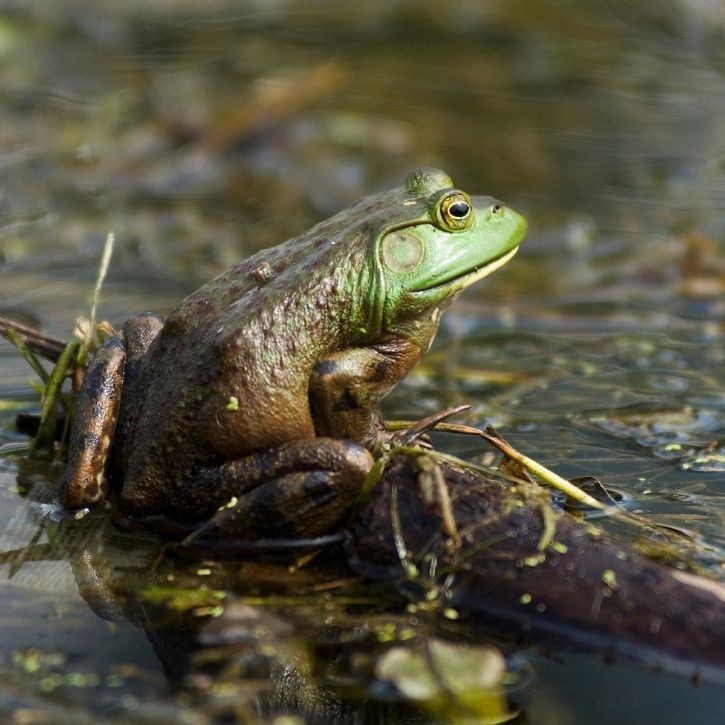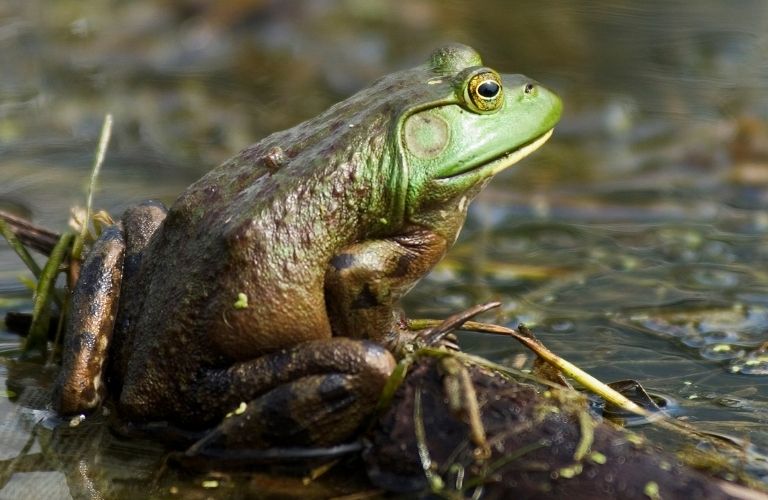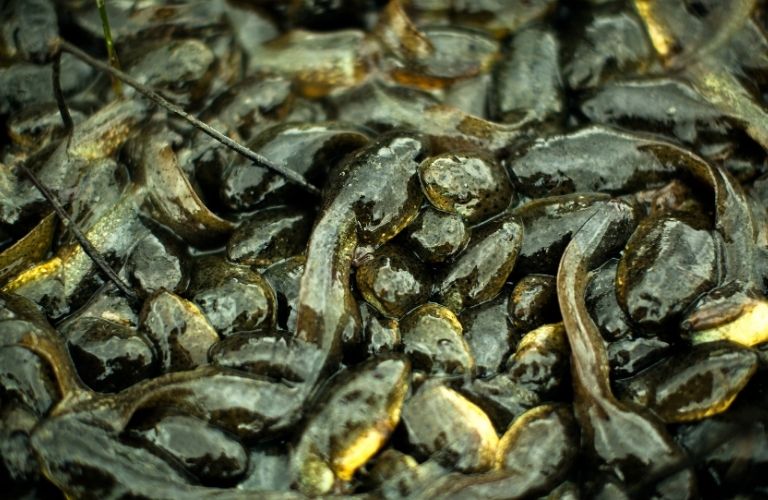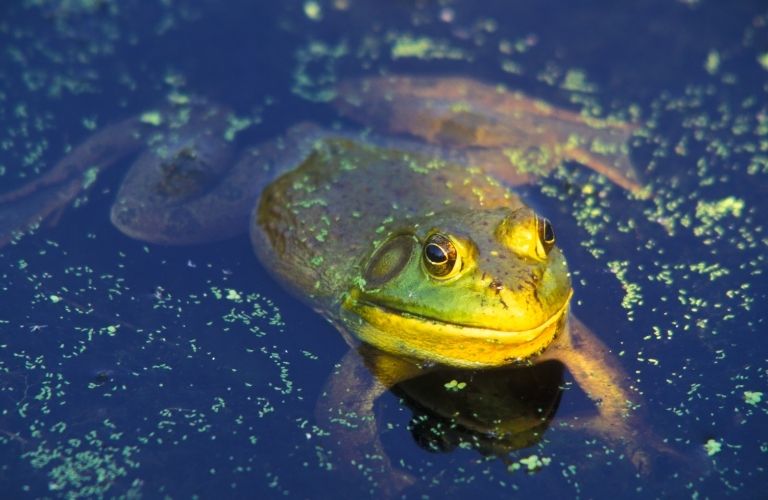Hark! The resounding call of the North American Bullfrog is in the air climaxed by choruses of baritone bellows. It’s time for us to explore the world of this intriguing bullfrog known scientifically as Lithobates catesbeianus.
Diet
The North American Bullfrog is a voracious carnivore that feeds on almost anything that fits into its mouth. With such an expansive range of prey to choose, its diet mainly consists of insects, small fish, and other amphibians. Larger bullfrogs have been known to eat smaller vertebrates like birds and small mammals as well.
Bullfrogs are ambush predators. They sit in silence and wait for prey to pass by before leaping on them using their strong legs and catching them with their sticky tongues. Their wide mouths and powerful jaws allow them to lock and consume prey of considerable size.
Habitat
North American bullfrogs are far-reaching; they are spread from Canada all the way to Mexico They are also highly adaptable and inhabit diverse aquatic environments in this range, from ponds to lakes, marshes, and slow-moving streams. They prefer warm, shallow waters with abundant vegetation as they provide a protective cover and vast hunting grounds.
While native to North America, bullfrogs have invaded many other parts of the world, including Europe, Asia, and South America. They are posing significant threats to local wildlife in these regions due to their predatory nature and ability to outrival native species in the scramble for resources.
Size and Weight
Adult North American bullfrogs are the largest of all frogs in North America. On average, they measure between 3.5 to 6 inches in length and can weigh up to 1.5 pounds. Male bullfrogs are generally bigger than females and have distinctive eardrums (tympana) that are larger than their eyes. This size is responsible for the acuity and frequency of their mating calls and asserts their dominance in territorial displays
Migration
North American bullfrogs are generally non-migratory, but they often disperse seasonally from one watershed ecosystem to the other. During extreme seasons such as winter, they may move to deeper waters to avoid freezing temperatures.
Bullfrogs are highly territorial, with males taking it a notch during the breeding season. They establish territories and defend them fiercely using intimidating calls and physical confrontations such as jumps and wrestles.
Conservation Status
The North American bullfrog is flourishing in North American wetlands; the species is widespread and its populations are currently stable. It’s currently listed as Least Concern by the IUCN Red List.
However, in regions where they are posing a threat, control measures have been put in place to manage their populations and safeguard native ecosystems from their invasion.
Fast Facts
FAQ
What are four physical features of the north american bullfrog?
The North American bullfrog is the largest of all frogs in North America, measuring between 3.5 to 6 inches in length, and weighing up to 1.5 pounds. It is green or grayish, often with spots on its back. It also has a wide head that hosts large ears called tympanums, which look like a flat, disc-shaped patch of skin adjacent to each eye. Its hind feet are also fully webbed.
What do north american bullfrogs eat?
North American bullfrogs are voracious carnivores that feed on almost anything that fits into their mouths. As such, they have a wide range of prey to choose from. Their diet mainly consists of insects, small fish, and other amphibians, and larger bullfrogs have been known to eat smaller vertebrates like birds and small mammals.
Where do north american bullfrogs live?
North American bullfrogs inhabit diverse aquatic environments, from ponds to lakes, marshes, and slow-moving streams. They prefer warm, shallow waters with abundant vegetation as they provide a protective cover and vast hunting grounds. Their natural range extends from Canada to Mexico, spanning Nova Scotia to central Florida, the East Coast to Wisconsin, and across the Great Plains to the Rockies.






